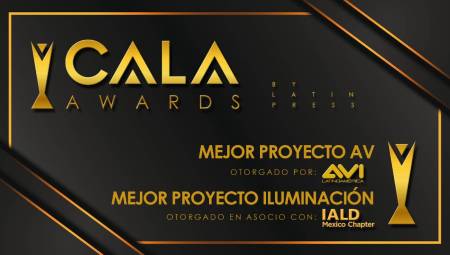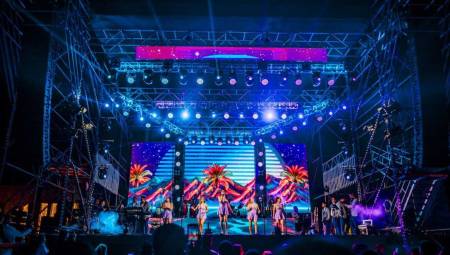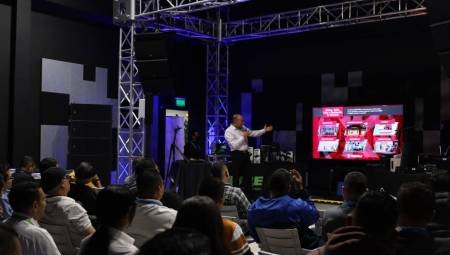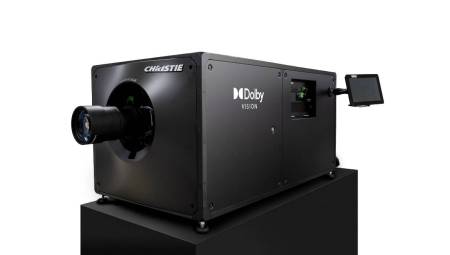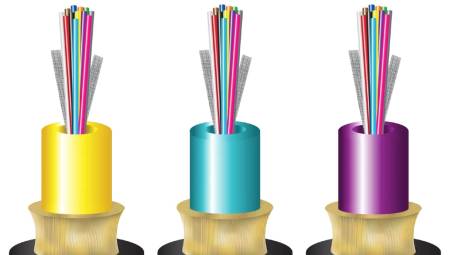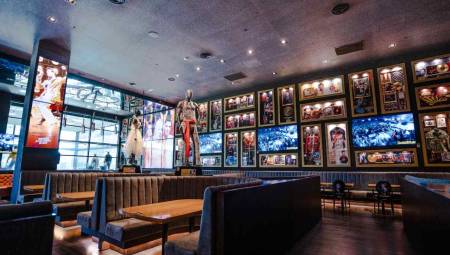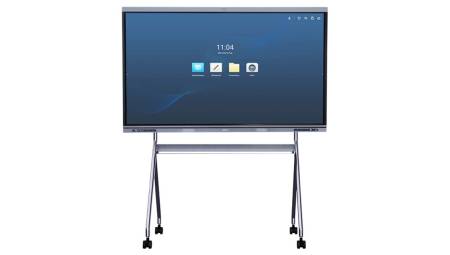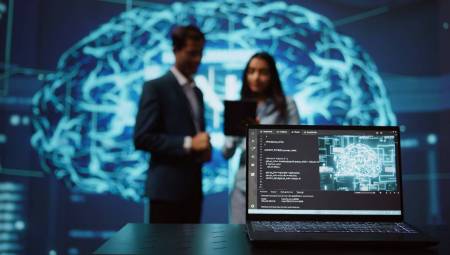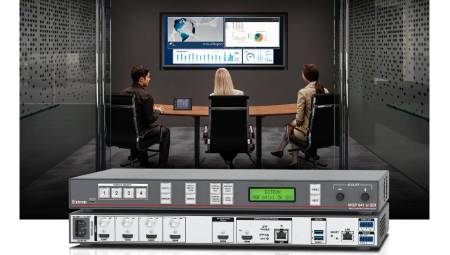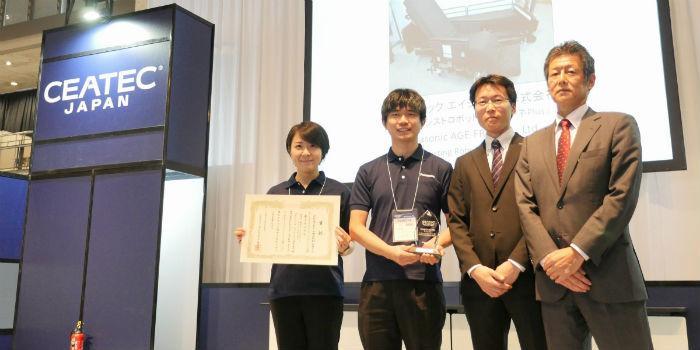 International. Panasonic received a total of four awards at CEATEC 2017 (Combined Exhibition of Advanced Technologies), the annual exhibition of the most advanced technology where companies show next-generation advances, which took place from October 3 to 6, 2017.
International. Panasonic received a total of four awards at CEATEC 2017 (Combined Exhibition of Advanced Technologies), the annual exhibition of the most advanced technology where companies show next-generation advances, which took place from October 3 to 6, 2017.
Each year, the organizing committee gives these awards to the best in innovation and technological excellence that the brands present during the exhibition. A panel of experts made up of specialized American journalists and CEATEC's own committee recognized Panasonic's work and awarded it 4 awards in the categories of: Home, Consumer IoT, Consumer Electronics, by journalists, and Innovation for Home and Lifestyle, by the committee.
Panasonic's four technologies, awarded at CEATEC Japan 2017, are:
Home Category: "Cocotto", companion robot for child care.
The judges unanimously selected Cocotto as the winner of this category. With a simplistic white dial design, this robot was designed as an educational companion for children, capable of having simple conversations with them.
Panasonic proposes a robot with a spherical body, unconventional, with the aim of showing that a robot does not necessarily have to have a human shape so that a child or adult can feel comfortable with it. Cocotto displays simple facial expressions, eyes and mouth that light up when turned on and works through voice commands. For a pre-school level child it is very important to develop vocabulary, so one of the most important functions of Cocotto is to be able to expand conversational ability through artificial intelligence.
Consumer IoT Category: "Panasonic Living-Body Radar", radar monitoring people using wireless microwave technology.
Designed for when you have a senior or a newborn at home, but it is not possible to be supervising it all day, Panasonic developed Living-Body Radar. It works through wireless microwave technology that detects the body heat, movements and positions of people to determine if they require personal assistance without the need for an intrusive video camera or portable monitors; especially in private areas that cannot be easily monitored, such as a bathroom or a room behind closed doors.
This technology has the potential to save lives. Instantaneous and wireless event-triggered quick alerts can be configured over a specific area. An indicator of problems could be location and position, for example, if an older person has fallen and needs help or if a lying baby does not move. Time is a critical factor in this type of situation.
Other applications for this technology include wireless monitoring of an area that detects movement and allows to specify where that movement came from without requiring the installation of cameras in specific places.
The Living-Body Radar is another example of Panasonic's interest in creating solutions for the next generation of safety and security for the family.
Consumer Electronics Category: "CaloRieco", calorie and nutrient checker.
For many people, the gastronomic hobby can be harmful to health. Too many calories and carbohydrates can lead to obesity and cause heart attacks. Having greater certainty about the foods consumed at home and their nutritional value is the idea behind Panasonic's CaloRieco.
It is a microwave oven-type device to which it is enough to introduce the food that is intended to be consumed so that, by means of infra-red technology, it reveals the caloric, protein, fat and carbohydrate content in the food. Everything appears on the screen in a matter of seconds and the information is stored for the future. Whether the food has been bought or prepared at home, CaloRieco will allow the consumer to know exactly what kind of nutrients they are introducing to their body.
Home and Lifestyle Innovation Category: "Robot Rise Assist "Resyone Plus", Semi Grand Prix
It is a novel hospital bed that has integrated sensors to monitor the patient's vital signs. The product's own mechanism makes it the first integrated bed-chair with wheels for displacement.
The bed is made up of two parts: a fixed one where the patient remains lying down and a movable one that becomes a wheelchair. This will facilitate the transfer of patients and help doctors and nurses in their daily tasks. It is the first technology in the world to acquire the Certification Standard for Life Support Robots (ISO 13482), as a human care robot with a high level of safety at a low price.




